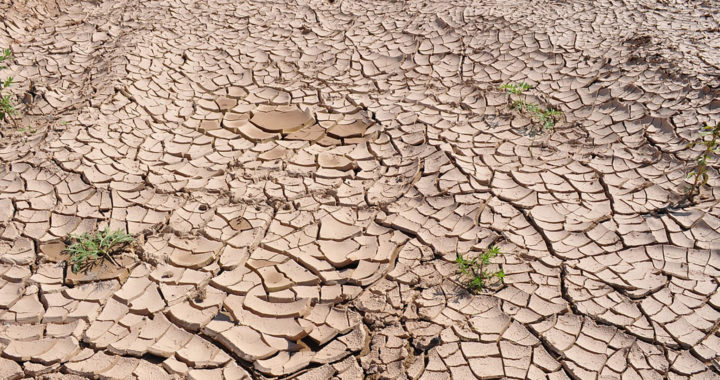The United States has been experiencing its worst drought in at least the last 1200 years. The U.S. megadrought has gripped states in its southwestern region for the past two decades and the situation has worsened in recent years.
Note that a megadrought is a situation in which a particular area or region experiences exceptionally severe and persistent instances of drought for prolonged periods of at least two decades or longer. The term describes not the intensity of the drought but its length.
Several states spanning from California to Colorado have experienced record-breaking heat and dwindling moisture levels in the last 22 years. The situation has worried both scientists and several government officials due to its long-term social and economic impact.
What exactly is causing the U.S. megadrought? How severe is the situation? What are the current impacts it has on the environment and the affected communities? How do climate change and the ongoing climate emergency come into play?
Human-Induced Climate Change as the Leading Cause of the U.S. Megadrought
A study by A. Park Williams, B. I. Cook, and J. E. Smerdon published in 2022 in Nature Climate Change noted that the current U.S. megadrought is the worst in at least 1200 years. The researchers also noted that anthropogenic climate trends or human-induced warming and ongoing climate emergency is the like cause of this prolonged period of drought.
Water availability has come and gone even before the emergence of industrial activities. Scientists have long acknowledged the fact that certain areas in North America are susceptible to droughts based on historical data and paleoclimate studies.
However, the current situation in the southwestern region of the United States has been intensified by global warming due and changing weather patterns due to human-induced climate change. Williams and his colleagues noted that the drought in the region rapidly intensified between 2020 and 2021 and it would persist in 2022 and further until 2030.
The same study pinpointed the specific causes of the U.S. megadrought. It highlighted that high temperatures and low precipitation occurring in the summer of 2020 and summer of 2021 have resulted in a significant decrease in soil moisture.
Note that the World Economic Forum explained that record-breaking temperatures due to global warming can be traced further to the impacts of increased greenhouse gasses in the atmosphere primarily due to human activities such as the consumption of fossil fuels, deforestation, and animal agriculture or livestock-raising for food production
The same factors have also caused low precipitation in the southwestern area of the United States, alongside more specific global weather phenomena such as changes in the ocean temperature, the jet stream, and the landscape.
Current and Future Implications of Prolonged Droughts in the United States
Water shortage is one of the main effects of the U.S. megadrought. Several areas in California are facing severe water shortages. The Californian government declared a statewide drought emergency in October 2021 and order its people to ration their water use while also observing measures aimed at reducing further their consumption.
The water shortage has also affected food production in the U.S. and has placed the country more vulnerable to the global supply chain crisis and emerging food shortage crisis. Agriculture accounts for about 80 percent of the total consumptive water use in the U.S.
Rivers and lakes in the American Southwestern have also receded to record-breaking low levels. The Colorado River has been one of the focal points of ongoing discussions involving water shortage. This reservoir system provides water to 40 million people while also remaining one of the largest sources for agricultural activities.
Wildfires in the U.S. have also worsened. One of the most notable incidents was the 2020 Western United States wildfires that burnt 10.2 million acres of land and have been attributed to hot and dry terrains fanned by strong and gusty winds.
Experts have warned that the combination of megadrought and wildfires has the potential to change the ecological landscape of the American Southwestern. Remember that the formation of arid landforms due to persistent low soil moisture is one of the effects of the U.S. megadrought while wildfires ravage both vegetation and local ecosystems.
Both the environmental impacts and socioeconomic implications of prolonged and persistent drought endanger human communities and habitats. The likelihood that the U.S. megadrought would persist in the coming years creates an added burden to the U.S. economy.
FURTHER READINGS AND REFERENCES
- Hirsh, S. 2022. “What is a Megadrought, and How is it Impacting Major Regions in the United States?” World Economic Forum. Available online
- Williams, A. Park, Cook, B. I., and Smerdon, J. E. 2022. “Rapid Intensification of the Emerging Southwestern North American Megadrought in 2020-2021.” Nature Climate Change. 12. DOI: 1038/s41558-022-01290-z
